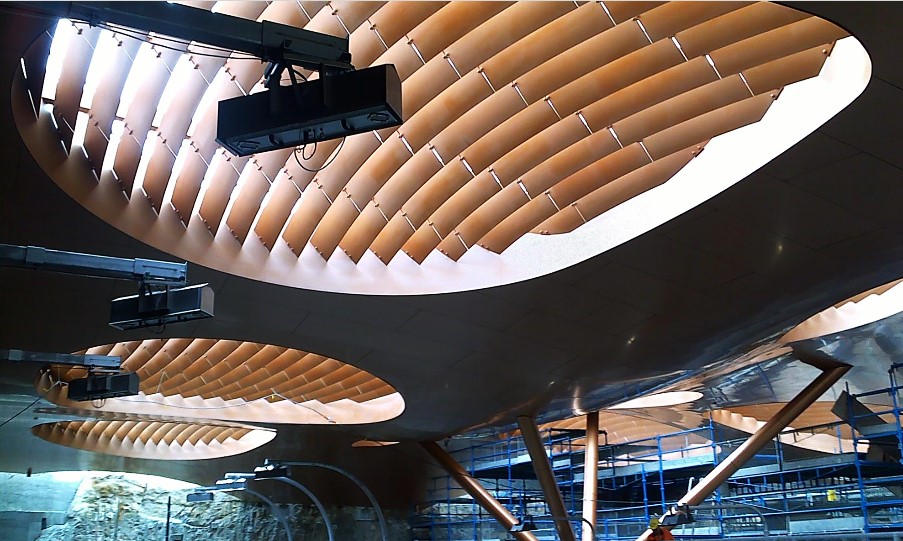

Tunnel systems: planning assets today for the future
September 28, 2023 @ 6:00 pm - 8:00 pm AEST
Overview
In this session, we will explore examples of tunnels that have undergone significant refurbishment, upgrade, or change to their systems, both locally and internationally.
We will examine some of the lessons learned and challenges overcome. Our objective is to look at how these lessons might be applied to tunnel systems today to better support our changing needs. Additionally, we will examine the trends that might inform how we best plan for the future state, including human factors, developments in technology, and how we can better shape the reliability and serviceability of these systems as they go through these changes.
Further information
Australia has experienced a revolution in underground transport infrastructure over the past three decades as the population of our cities has grown. Some of our major transport tunnels are now approaching lifecycle milestones, and in particular, some tunnel systems are approaching the end of their economic life. Many tunnels have already undergone retrofits of new system technologies and repurposing to different transport functions, such as the conversion of rail to metro. These changes require significant modifications to the existing tunnel systems, which might not have been foreseen at the time of construction. The need to make significant changes to tunnel systems for upgrades or repurposing is not a new concept.
In countries with more established underground infrastructure, this reality has been experienced multiple times. There are also notable examples of tunnels for more specialized purposes that have undergone radical changes to support new functions. Looking back, we can see that there are needs for these tunnel systems today that would have been hard to imagine at the time of their construction. Changes to the climate, resources, the way we work and how we use and transmit information are all factors that have contributed to this. Considering the current rate of change, it may be even more difficult to imagine what we will expect of these systems in 30 years’ time.
Event program
In person:
- 5:30 pm AEST: Registration and arrival
- 6:00 pm AEST: Event commences
- 7:00 pm AEST: Presentation concludes and Networking
- 8:00 pm AEST: Event concludes
Online:
- 6:00 pm AEST: Event commences
- 8:00 pm AEST: Event concludes
About the speaker

Tom Starling
Principal Mechanical Engineer, Worley
Tom is a mechanical engineer with 17 years’ of experience, half of that in major transport infrastructure projects, working in a variety of roles, from technical advice in financing and partnerships, through to testing and commissioning. Being involved at the earliest and latest stages of tunnel system design and construction, Tom has experience in blue sky planning for possible future usage scenarios, and has also developed solutions to enable and execute the upgrade, retrofit and repurpose of existing tunnel systems. The balance of his experience is in a range of sectors; buildings, water, defence and resources, both surface and underground, which face similar and different challenges to transport tunnel infrastructure.
MC
Teresa Sandum
Senior Fire Safety Engineer
Teresa is a Senior Fire Safety Engineer with 7 years of experience on a range of infrastructure and building projects in Victoria, New South Wales, Queensland and New Zealand. Teresa is currently part of the Tunnel System Fire and Life Safety team at WSP and currently working Melbourne Metro Tunnel Project, North-East Link (NEL) and Southern Program Alliance (SPA) for Level Crossing Removal.
Teresa have extensive experiences in CFD simulations using Fire Dynamics Simulation for station building, airports, and shopping centres. She also specialises in dynamic egress modelling using advanced crowd-based simulation software, MassMotion for Melbourne Metro and the new Adelaide Street Tunnel for Brisbane Metro. She also provided fire and life safety strategy and evacuation strategy on the existing MURL works as part of the breakthrough interface between the new State Library Station (Melbourne Metro) and Melbourne Central Station (MURL).


